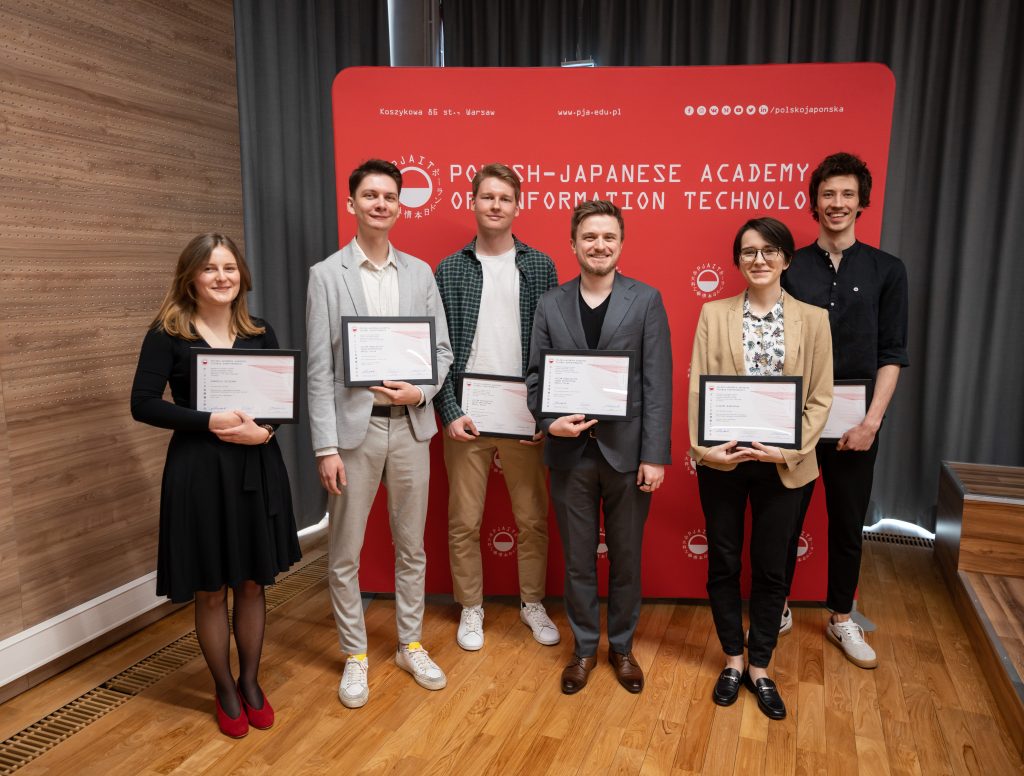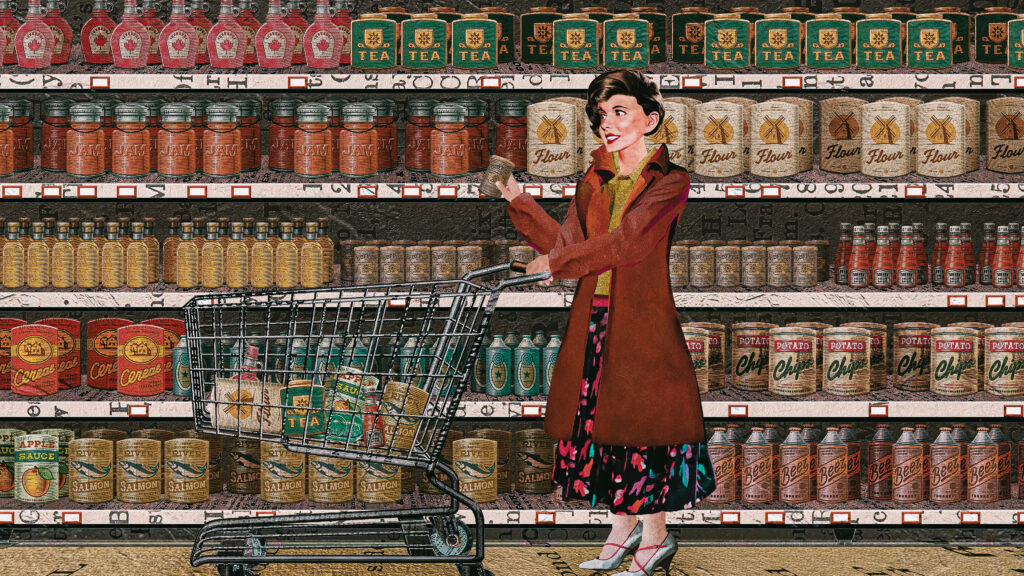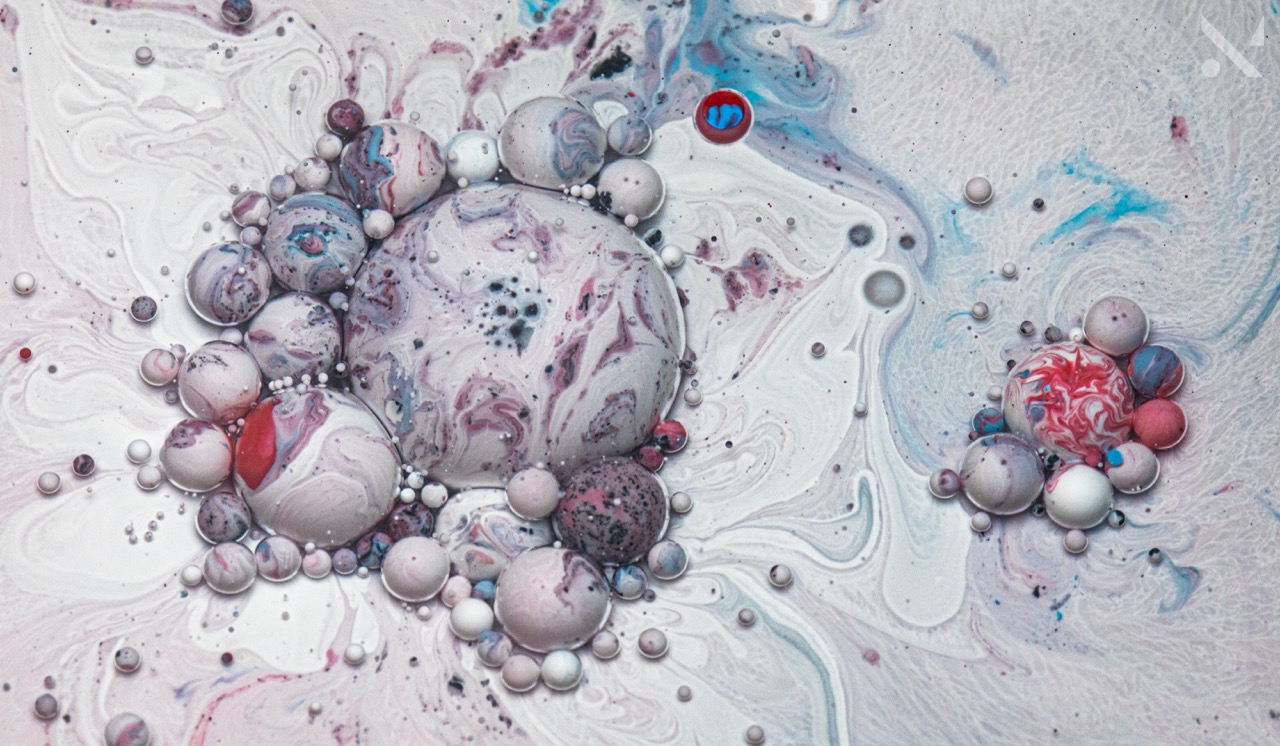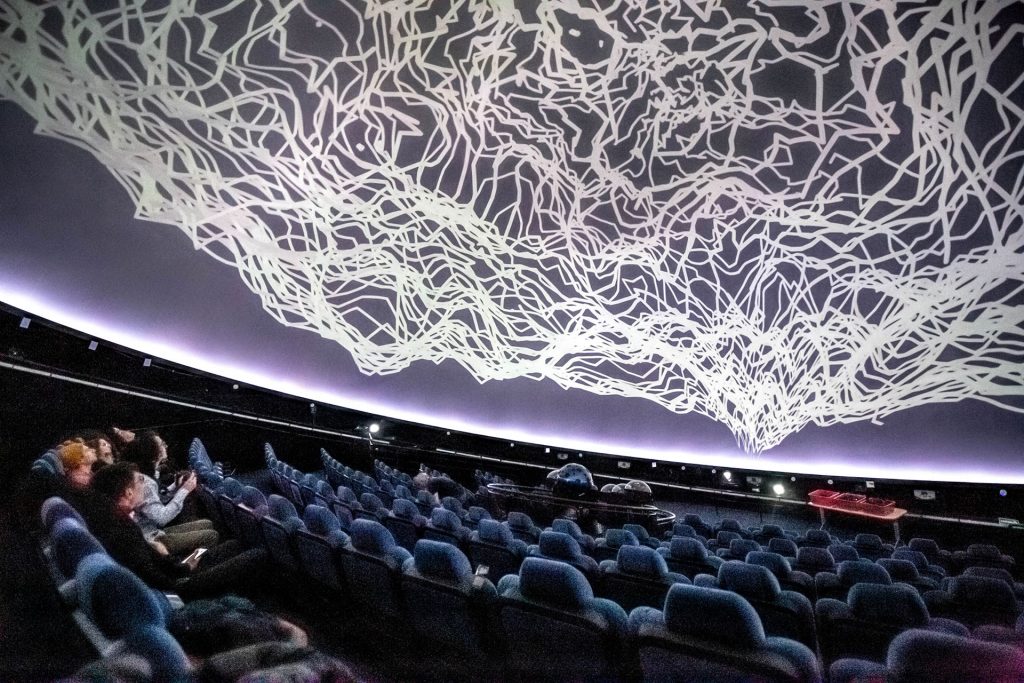Study programs and syllabuses
The program of part-time studies at the Faculty of New Media Arts, Second Degree Studies as of 2024/2025 has been shortened by one semester and also unified with the full-time, full-time program.
All compulsory lectures and exercise classes taught in full-time studies are included in part-time studies in adjusted hourly terms and as elective subjects, which gives students a wider area of opportunities to build their own program of study, tailored to student preferences. There has also been a change in the way diploma studios are implemented, which from the 2024/2025 academic year will be elective from the 4 available subject studios. The new atelier system will be in effect from the 2nd semester of study, for 3 consecutive semesters, until graduation.
Elective studios are accompanied by specialized elective subjects that deepen students' knowledge in a selected specialized area. The change in the way diploma labs are implemented is a key element of the new part-time program.
The introduced change will allow the creation of class groups for selected studios, and the implemented curriculum - tailored to the type of diploma studios - will depend on the interests of the student.
Regardless, the program has been supplemented with new lectures and exercises that have not been conducted before, which will greatly expand the knowledge students acquire in the course of their studies.
Rules of the Diploma Examination for NeMA
The thesis defense should take place after five semesters of study at the Faculty of New Media Arts for the program implemented until 2025/2026.
The program, which runs from 2024/2025, lasts 4 semesters and the defense should take place after four semesters.
The principles and topics of the work should be consulted on an ongoing basis with the promoters: the main, technical and theoretical, as well as during the graduation studio classes.
Program subjects
The aim of the course is to learn advanced traditional and 2D animation techniques, and to acquire the skills to create a script and storyboard for film animation and computer games.
The purpose of the course is to learn basic and extended 3D modeling techniques, and to gain skills in analysis and preparation for modeling real objects.
The purpose of the lecture is to impart knowledge about the main currents of anthropology, prominent anthropologists and the basic concepts of cultural anthropology. Formation of students' attitudes in terms of awakening interest in anthropology; formation of a reflective attitude towards cultural reality.
The purpose of the course is to familiarize the student with a very wide range of techniques used in photorealistic and hyperrealistic special effects for film, television, advertising. Special emphasis is placed on digital techniques. We focus on the most advanced elements of image manipulation in film. We use photorealistic rendering algorithms available in 3D programs. Simulation , daylighting, strategies for integrating effects into real images. Program content includes elements of basic set lighting techniques, lighting simulation, daylighting, photorealistic textures.
Introduction of basic concepts in the psychophysiology of hearing, principles of sampling frequency, and PCM and DSD formats; examples of the use of film space shaping methods in selected feature films; methods of selecting audio format and meta data.
GIL teaching is based on two aspects: aesthetic and technical. The awareness of the designer's "flexibility" and going beyond the accustomed plays a big role here. The goal is to be able to make illustrations in different graphic styles, achieving the same high level of all versions. It is important to be able to offer the future client or customer a service of the highest level and, importantly, alternative and diverse.
A continuation of the course Design vs. Motion. The laws of perception and composition transferred to time-based media. Synthesis and abstraction in visual language as means of enhancing the message. Developing previously developed compositional awareness, confronting challenges at a higher level of abstraction. Working with multi-element arrangements in 2.5-3D graphics and animation. Animation synchronized with music.
The course focuses on the problems of movement, rhythm, synchronicity in relation to specific tool strategies related to graphic design computer and multimedia (image , sound, word). Practice in digital graphics, editing, image post-production (bitmap, video image), 2D (2.5 D) raster and vector animation with elements of sound design (postsynchron and pre-synchron). The goal is to create an individual original project for a specific audience and type of application (e.g. motion design, music visualization, moving typography, music video, etc.).
Improvement of graphic design workshop; application of computer techniques in graphic design workshop.
Creating a series of graphics in a chosen technique.
The aim of the course is to provide knowledge of advanced sound processing, including informed design decisions and the use of professional terminology. The mini-projects created during the exercises place great emphasis on controlling the dynamics in order to broadcast them on the big screen, radio, TV or the Internet. The final project should be a TV commercial, an animated logo or a short movie trailer with a properly created and edited soundtrack, which maximizes the potential of available tools and techniques.
subject teaches the student how to organize an animation project in terms of compatibility of files of different types, highlights issues and key elements from the area of animation work "motion design", teaches how to automate their daily work with expressions and useful scripts and how to animate with them in After Effects.
The lecture is a presentation of the most important trends of animated film, both world and Polish, in chronological terms. As part of the lecture, the student acquires knowledge of both the history of cinema and the contexts necessary to better understand the issues discussed. By learning about the broad background of literature, visual arts and customs, the student prepares to more fully perceive the film work.
The lecture presents the history of modern design - design and design in interior architecture and applied arts. The issues of the emergence of new forms and solutions, as well as the introduction of modern materials into contemporary design are shown against the background of earlier trends and historical and social changes.
The lecture presents the history of modern design - design and design in interior architecture and applied arts. The issues of the emergence of new forms and solutions, as well as the introduction of modern materials into contemporary design are shown against the background of earlier trends and historical and social changes.
The class provides an introduction to the knowledge of Japanese culture, society and aesthetics and art. Elements of both spiritual and material culture will be discussed, and the institution of the family, etiquette and norms of human behavior, religion, work, education, entertainment, culinary culture, sports, fashion, specific rules of hygiene, homes (architecture and urban structure of Japanese cities) and applied art, among others, will be analyzed.
Knowledge of the history of European printmaking and Japanese woodblock printmaking : knowledge of the most important artists, historical, stylistic, ideological determinants; ability to analyze formally and comparatively, and determine interdependence with culture, politics, ideology and technology; competence in communicating artistic issues
The lecture presents the most important trends in world and Polish art chronologically, from the 1950s to the present. The lecture provides the student with knowledge of both art history and the contexts necessary to better understand the issues discussed.
Learning how to observe nature in depth and develop the ability to take an analytical and synthetic view of nature; enriching the observation of nature through an emotional study of painting; developing the ability to analyze one's own creative process; searching for one's own painting form based on the study of nature; expanding technological knowledge in the field of painting.
The goal of this class is to familiarize students with the basic aspects of human-computer interaction, user-centered design (UCD), creating usable user interfaces (UI), and usability testing methods for systems
subject Photographic Creation will provide students with knowledge not only of photography, but also of the application of photographic techniques in various fields such as 3D scanning, 3D images, advertising, special effects, etc. During the course, students will have the opportunity to use professional equipment in the photo studio to experiment and create beautiful works for various purposes and projects.
The classes are designed to introduce the student to the issues involved in organizing an exhibition. They provide practical knowledge on the process of creating an exhibition concept, working on its scenario, the criteria for selecting objects and exhibition space. They show the role and work of the curator, the curatorial models functioning today and the activities of exhibition designers, including the graphic design of exhibitions.
Students gain knowledge of structural and post-structural design. Through the method of association chain as well as other related methods, eliminating inappropriate solutions, they select together with the instructor the most appropriate one ( clear and strong message for the recipient, engaging the recipient, attractive form of communication). Through conceptual solutions to the problems posed during exercises, practical workshop explorations, confronting their insights and discoveries with the solutions of other graphic designers.
When designing posters, billboards, info graphics or advertising campaigns, students learn how to create a relationship between visual forms and the content of the ideological assumptions of a specific task, how to design Students also learn the secrets of advertising photography and digital image processing techniques.
The didactic goal is to consciously and professionally design digital publications through the acquired knowledge of online publishing. To expand purely artistic knowledge with technical knowledge. To make more attractive through the elements of movement introduced in the design. Acquiring elementary knowledge of the differences in display and reception of RGB and CMYK. The curriculum of the subject is based on the consolidation of knowledge of the techniques used in digital design, with particular attention to the specifics of preparing materials for readability and ergonomics on the web.
To familiarize and develop the student's creativity in creating his own visual compositions on a specific plane or in space using various drawing techniques and methods. Sensitizing to the perception of reality and forming skills for independent exploration and creation in the drawing area. Workshop exercises shaping imagination and proficiency in illustrating the word - a plastic image using illustrative drawing. Forming artistic individuality and workshop skills to create their own drawing realizations with concern for artistic and aesthetic values.
The master's seminar is designed to prepare the student to write the theoretical part of the master's thesis
The program is designed to teach students the basics of designing an advertising campaign and to impart knowledge of advertising history, advertising psychology, marketing, as well as to familiarize them with Adobe Photoshop, Illustrator and InDesign programs. The program also aims to develop students' sensitivity and skills in the sphere of creating simple visual messages, 360' advertising campaigns, as well as to raise awareness of the role of advertising in the modern world.
The purpose of the course is to learn basic and advanced techniques of 2D 2.5 D digital animation, and to acquire the skills to create a script and storyboard for the production of commercials, commercial presentations.
Graduate Profile
The professional qualifications of graduates will enable them to make creative decisions and implement them consciously. Graduates will have an expanded knowledge of the function of art history in culture and society, and will be prepared to use traditional and modern means of artistic communication. The proposed profile of study will give our graduates a solid foundation for design in the following fields: advertising, short film forms, music videos, computer games, websites, user interfaces, and flat and spatial design of visual information. This profile of study will prepare them very well for work: in advertising agencies, in television, in art galleries, in cultural and educational institutions, in companies providing computer and Internet services, in film, in intercession institutions and in the visual setting of shows.
Thanks to the English language course, which is taught throughout the study period, graduates become fluent in English. This makes it possible to find work in Polish companies and institutions in positions where fluency in English is required, in foreign companies and representative offices of international organizations in Poland, as well as abroad. Graduates will be prepared to undertake third-degree (doctoral) studies.

Best Diplomas
Faculty of Art
New Media!
Check out the best diplomas of part-time students!



